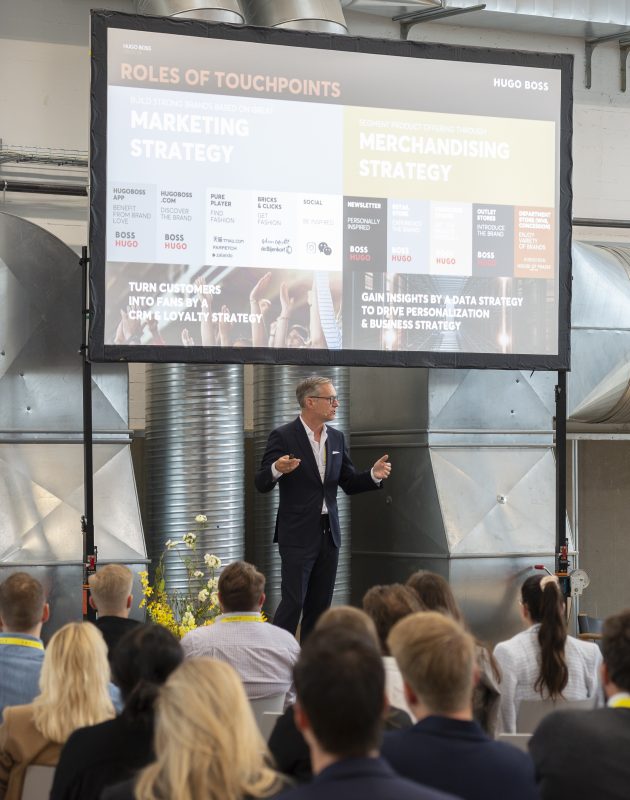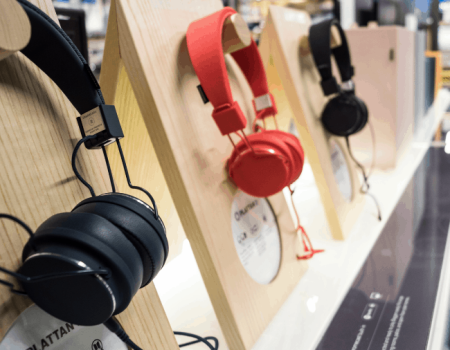Truth: The hard work starts when the purchase ends
The post-purchase phases are an overlooked but important stage of the customer journey. They are crucial to customer satisfaction, which impacts their loyalty, and the likelihood of future purchases.
Despite this, almost every retailer is asleep at the wheel when it comes to service and loyalty. The service phase has an average score of 31 out of 100, while the loyalty phases is not much better with a score of 40.
This goes for all three countries.
Many retailers and brands are excellent at taking advantage of digital marketing tools in order to win new customers but forget to nurture and retain their existing customers. This is simply a waste of money.
Average score of the service phases out of 100
Average score of the loyalty phases out of 100
Without focus on the post-purchase phase they disappoint the customers and loose sales. The bottom line is, that they have spend too much on attracting customers and the result is a short customers lifetime.
Kasper Holst continues:
“There is a reason why a wise man once said: ‘customers may forget the price, but they will never forget how you made them feel’.”
The neglected points
The missing effort in the post-purchase phase is an expression of an outdated approach to e-commerce. As customer expectations rise, it is no longer enough to just sell a product online.
Fast and flexible delivery and seamless channel shifts are natural parts of today’s expectation, although many companies are still organised as they were five years ago.
Most companies are still organised from an inside-out perspective with too much focus on physical stores rather than online. Instead, they should organise themselves from customers’ digital behaviour.
Many companies have one or two employees who answer the phone. Instead, they should hire a call centre handling customer and providing swift support, he mentions.
“Focus is on the sales rather than the process afterwards. You might excel in making it easy to checkout, but if your customers have to wait 30 minutes in a telephone queue, they’ll be disappointed.”
Sorry, we’re closed
A classic example of this is the opening hours. When the clock passes 19.00, many retailers and brands turn off their customer support, meanwhile this is the exact period where many customers are shopping.
Of retailers and brands offer customer support after closing hours
Less than 10% of retailers and brands offer customer support after closing hours, despite it being relatively easy to upgrade their customer support in comparison to other tech-heavy investments. It requires just one employee who must work after closing time to meet the customers’ expectation, but the effect is huge.
Often, the same thing is the case on the weekends, where customers have increased time to purchase products – both online and offline – but retailers offer shortened opening hours.
Single view of customer
The problem, according to Kasper Holst, is that retailers and brands do not invest in the right technologies or processes that could help to streamline their organisation.
The most powerful weapon is a Customer Data Platform that consolidate customer data from various sources across the organisation and give one single view of customers. This enables employees to understand the customer who’s calling for support, their previous purchases, returns and much more. With this data they can provide a personalised service.
You have to adapt to changes, invest in the right technology and in the organisation. That’s the only way you can be a master of omnichannel
If a business is serious about offering a satisfactory omnichannel experience, it is essential to draw a roadmap of how the business performs digitally.
Improving customer service is a must.
Don’t forget the service
Whether it’s the service phase or loyalty phase, a good experience increases the likelihood that your customers will become repeat customers. But even the best retailers and brands are failing to take full advantage of these phases. While some might score 100 in the loyalty phase, their efforts in the service phase are not worth writing home about.
Even the 10 best omnichannel retailers and brands only score between 40 and 60 out of 100 in the service phase.






